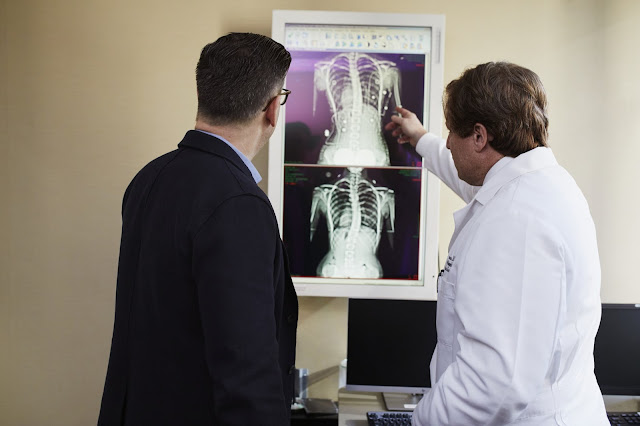An enigmatic patient: That's heartfelt
 |
| enigmatic-patient |
A 52-year-old complains of chest pain and fever. Doctors can rule out a heart attack, but in computer tomography, they discover a strange change in the carotid artery. A dangerous operation is to save the woman.
When she arrives at the Newport Hospital rescue facility in Rhode Island, USA, she complains about three things: fever, neck and chest pain. Because internists always think of a heart attack when it comes to chest pains, they measure blood pressure and heart rate, write an ECG, and take blood. The blood pressure is very low at 82/55 mmHg, the heartbeat too high at 110 beats per minute. Its temperature is 38.5 degrees Celsius and the ECG is unremarkable.
In the blood, however, they discover a significantly increased number of white blood cells. This generally speaks for an inflammation. The neck of the patient is tense, but otherwise, the doctors find no conspicuous findings, in particular, no unilateral weakness and sensibility or vision problems.
Unrecognized strokes
To get an insight into the neck organs of the 52-year-olds, they have computer tomography images of their head and neck make. In doing so, they discover a large outgrowth in the carotid artery. An approximately cherry-sized plug clogs up this so-called aneurysm and the entire vessel so strongly that only one-fifth of the normal blood flow reaches the head and brain. This is confirmed by an ultrasound examination.
The doctors do not yet know what the graft is and why it has lodged in the carotid artery. They discover on the CT scans of the head that the woman must have had many small infarcts, which she apparently did not notice. But where did they come from?
Often, the triggers of small strokes are from the heart. With a special ultrasound examination of the heart, the doctors find out that this is also the case with her patient. Their heart valves are thickened and look like they are inflamed. Often, streptococci are the cause of heart valve infections, which is why doctors suggest that the graft in the carotid artery also consists of bacteria, causing pain and fever. As a precaution, the doctors administer antibiotics to their patient and prepare them for surgery: The clogged artery should be opened again and the plug should be removed.
Bacteria encapsulate
For the procedure, a maxillofacial surgeon lifts the head of the temporomandibular joint out of its socket on the skull. This gives the vascular surgeons good insight into their surgical field. The wall of the carotid artery is inflamed at the level of the second cervical vertebra. Surgeons check that circulatory circulation of the arteries branching behind the obstruction ensures circulation. These supply the brain and have to be perfused so that it does not come to an infarct during the operation.
Then the surgeons cut out the pylons and aneurysm. They restore the connection with a vein from the armpit. This surgery is associated with a risk for a stroke with fatalities of six to ten percent, as the doctors report in the journal "Jama Surgery". However, the alternative is much more dangerous: If the artery is completely closed, the risk of stroke or death is up to 60 percent, according to the physicians.
The procedure succeeds, the woman suffers no complications. Examination of the aneurysm reveals that the arterial wall has split and the plug has formed into an abscess. An abscess is an encapsulated pus buildup. It was triggered in the woman by a certain group of streptococci, which were probably flushed from the heart into the head arteries.
After the patient has recovered, she is allowed to go home. For her protection, she will have to take antibiotics permanently.